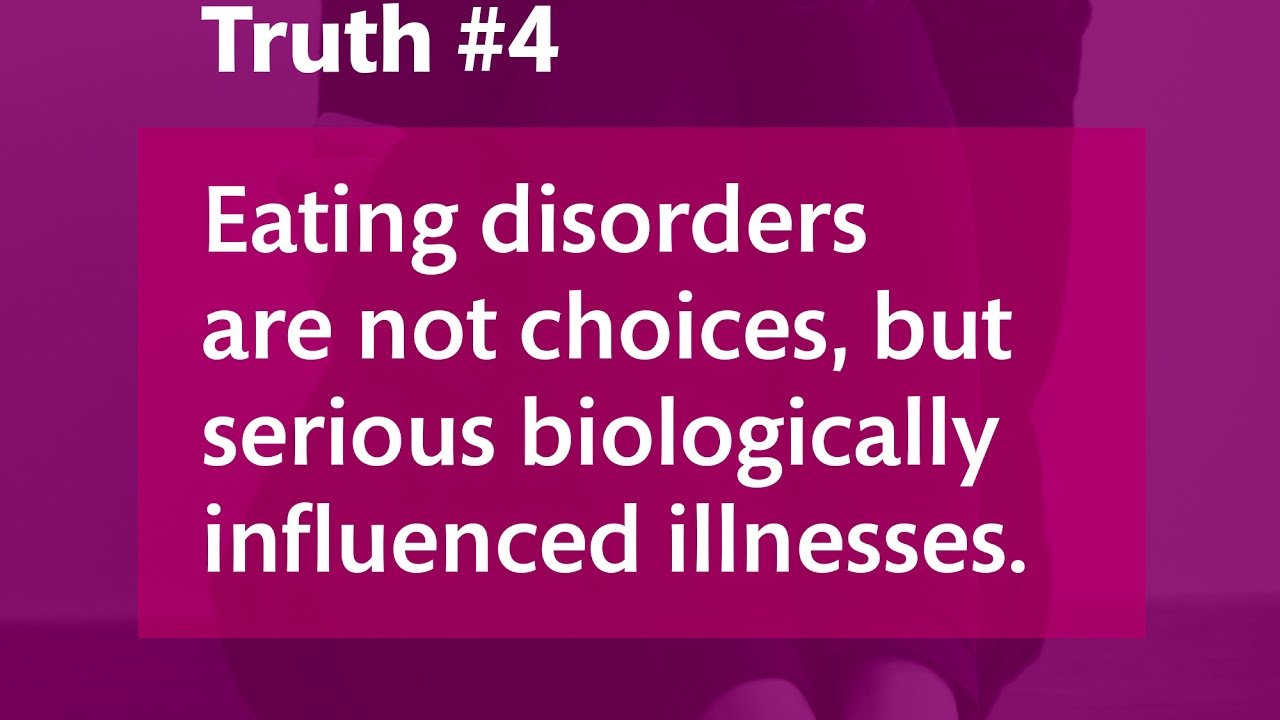Different eating disorders – what separates them?
Eating disorder is an collective definition of several psychiatric diagnosis linked to food, weight and body perception. On an individual level, the problems can vary a lot.

Text: Ola Danielsson, first published in Swedish in the magazine Medicinsk Vetenskap No 4/2017
Anorexia nervosa is characterised by an inadequate energy intake and a lower body weight, often in combination with excessive exercise and a fear of gaining weight. The diagnosis also includes a disturbed perception of the body with respect to weight or shape. Many feel bad mentally and suffer from anxiety, dejection, or depression.
Bulimia nervosa is characterised by binge eating, in which a person eats abnormal amounts of food for a limited period of time and a feeling of having lost control of their eating. The diagnosis also includes a compensatory behaviour in order to not gain weight, for example vomiting, abuse of laxatives, fasting or excessive exercise.
Binge eating disorder is characterised by recurrent episodes of binge eating, but without compensatory behaviour.
Other specified eating disorders (formerly known as “eating disorder not otherwise specified”) is a collective term for eating disorders that do not meet the criteria for any of the above diagnoses. The suffering in these other eating disorders is usually at least as serious as with anorexia, bulimia or binge eating disorder.
Source: Frisk & Fri: riksföreningen mot ätstörningar, RIKSÄT
Why orthorexia is not a diagnosis

Orthorexia is not a formal diagnosis but a concept that in scientific contexts has been used to describe excessive focus on a healthy diet while in Sweden it has come to have a somewhat different meaning, which has led to some confusion.
“In Sweden, it has become a media phenomenon that is more about excessive exercise, which is not included in the original meaning of the term or how it is used in other countries,” says KI researcher Andreas Birgegård. In his opinion, it is not scientifically justified to introduce an orthorexia diagnosis since problems can already be described in terms of existing diagnoses.
At the same time Andreas Birgegård can see problems with orthorexia taking on a life of its own as a diagnosis people give themselves because the problems may be serious and need to be treated.
“There is a risk that people, especially men, in fact are suffering from anorexia nervosa but call it something that is more socially acceptable and not considered to be as serious,” he says.

9 truths about eating disorders
The nine truths about eating disorders were developed in 2014 by KI Professor Cynthia Bulik and are supported by researchers from around the world.
